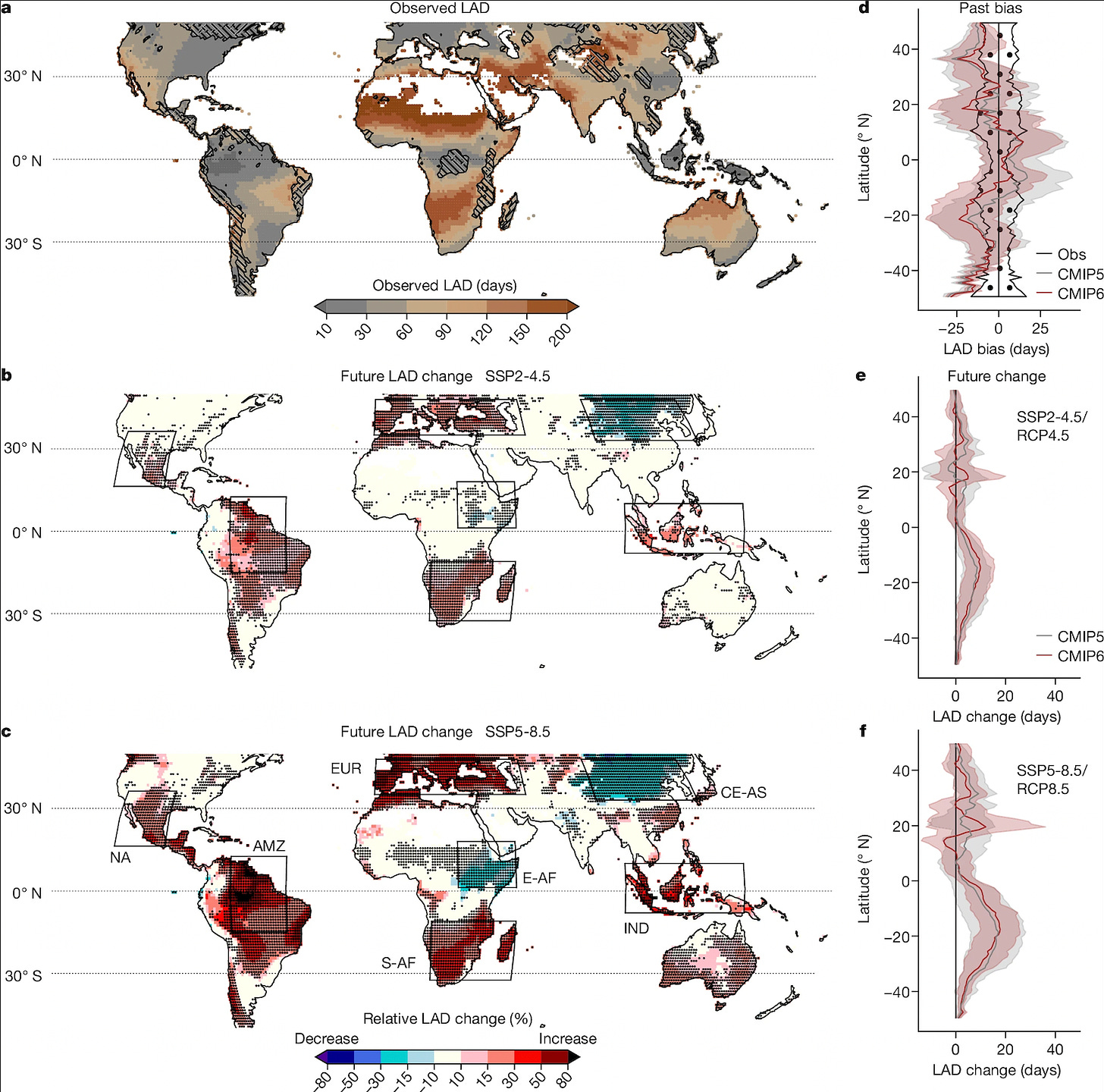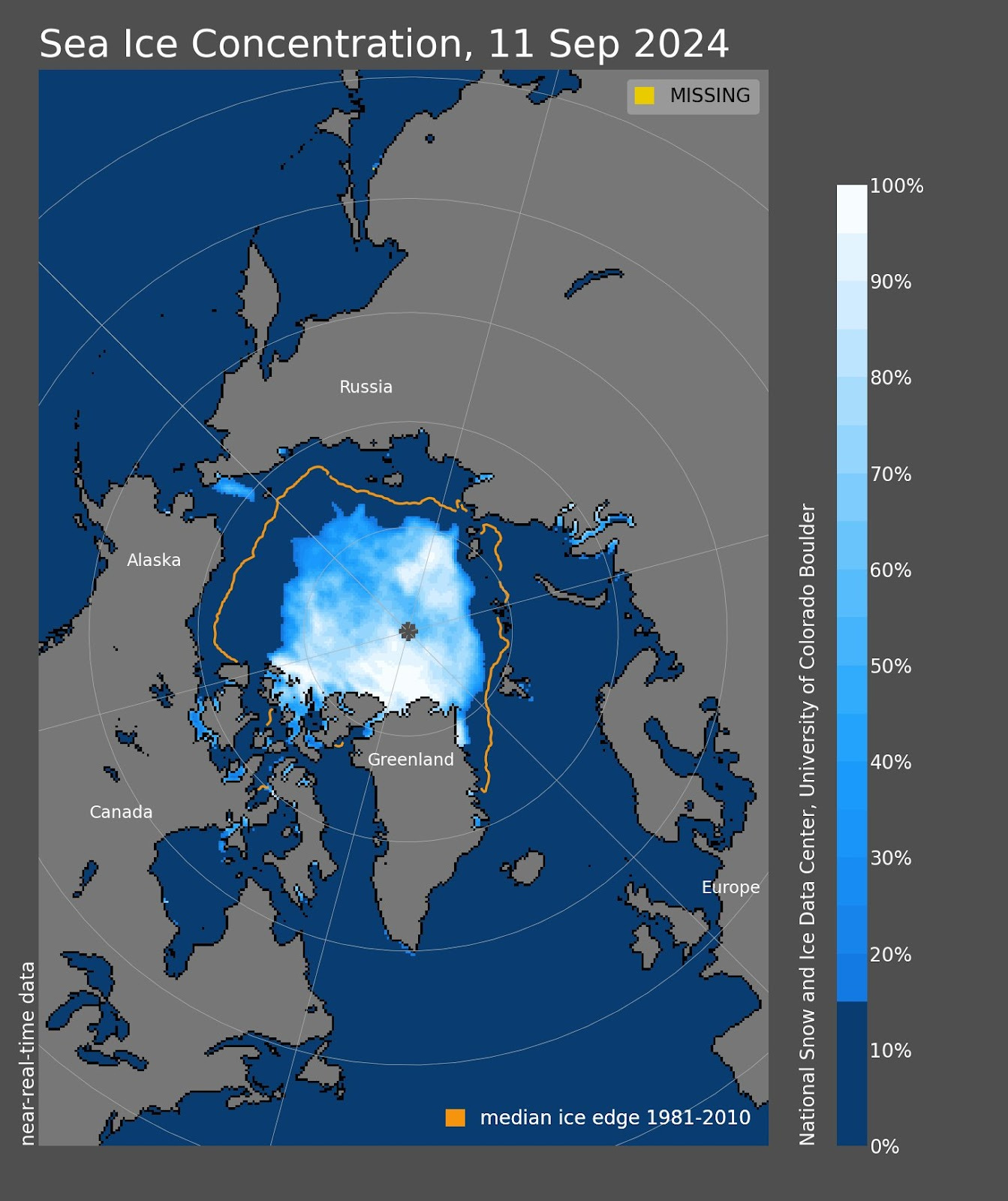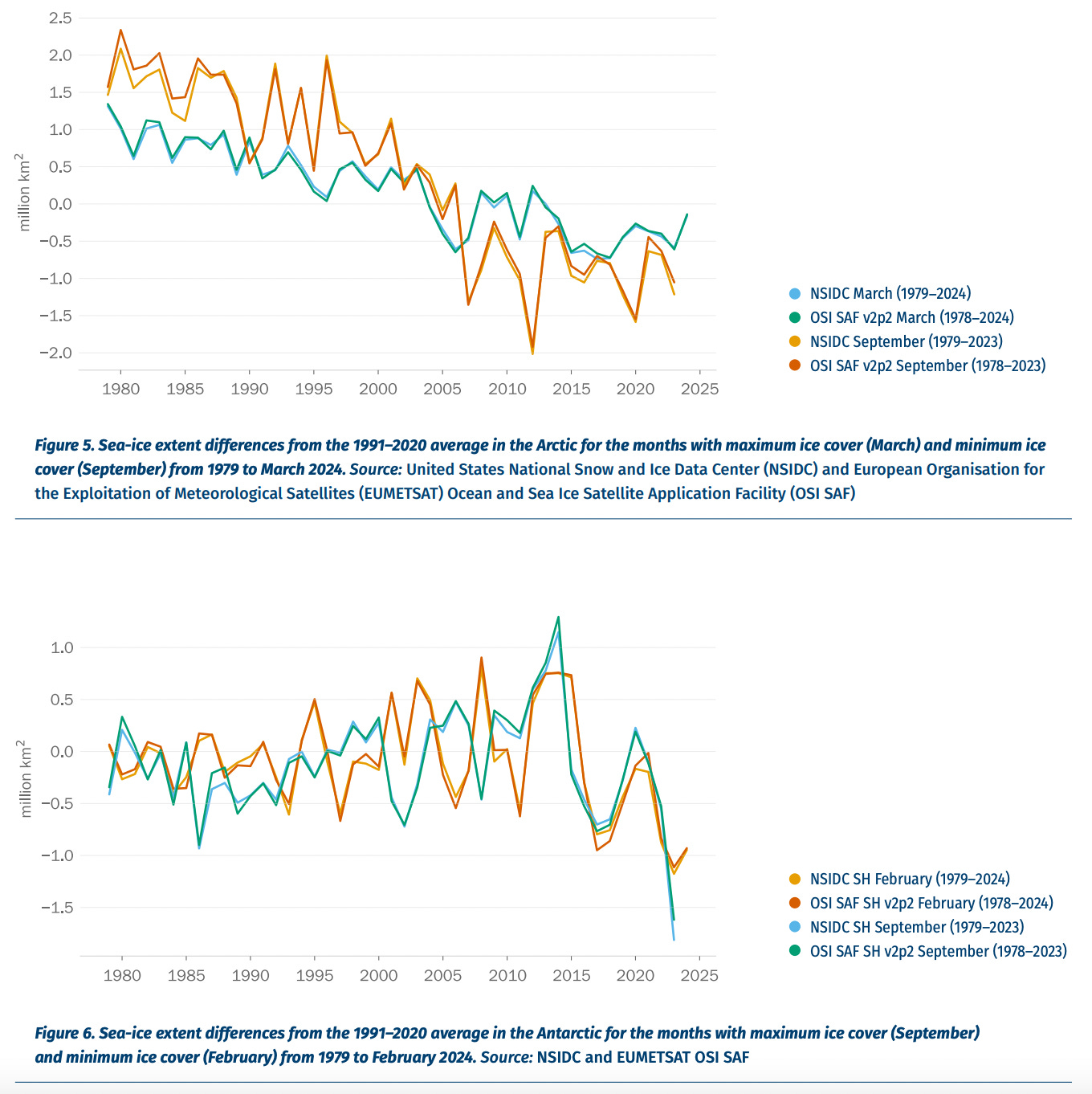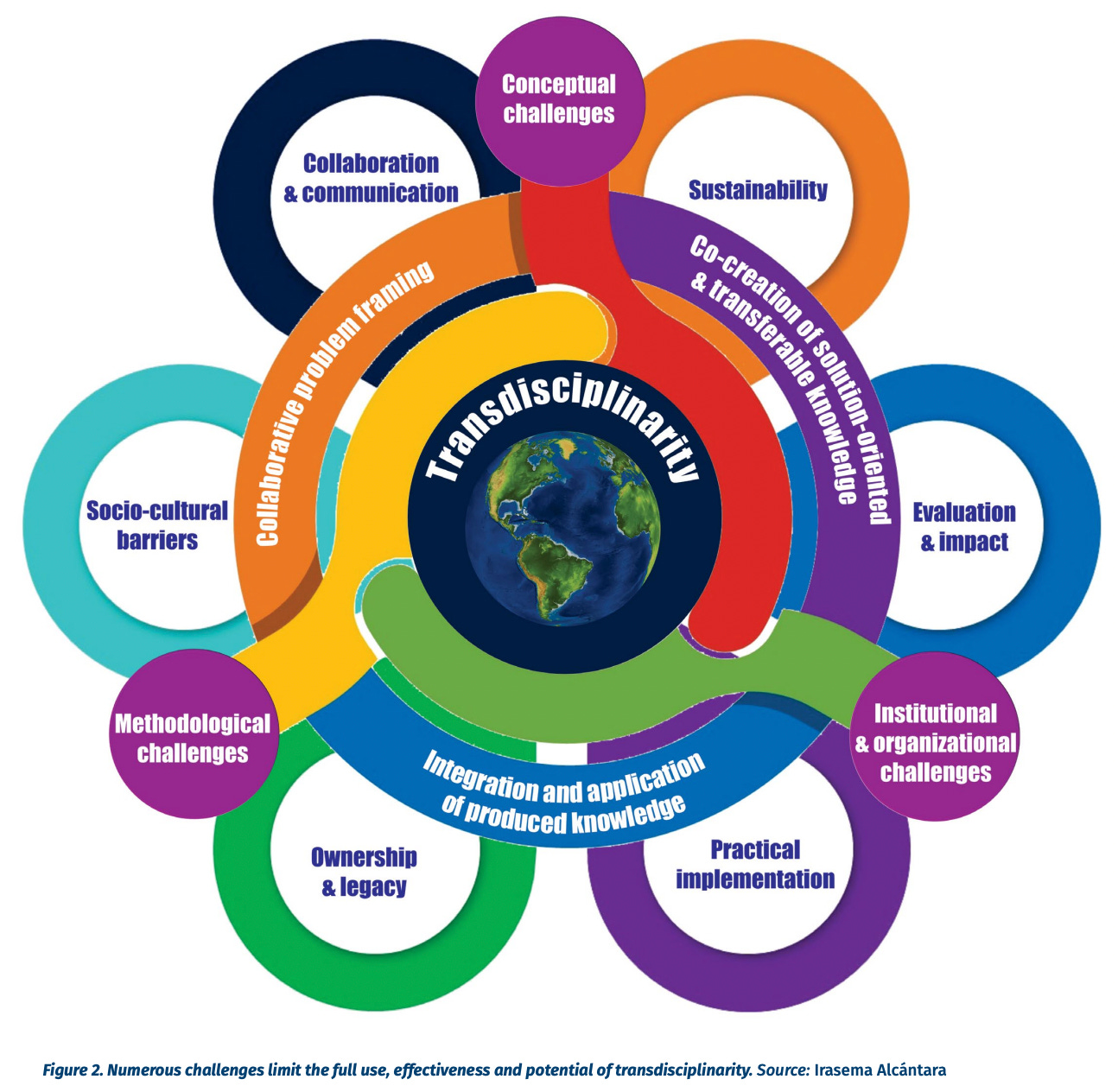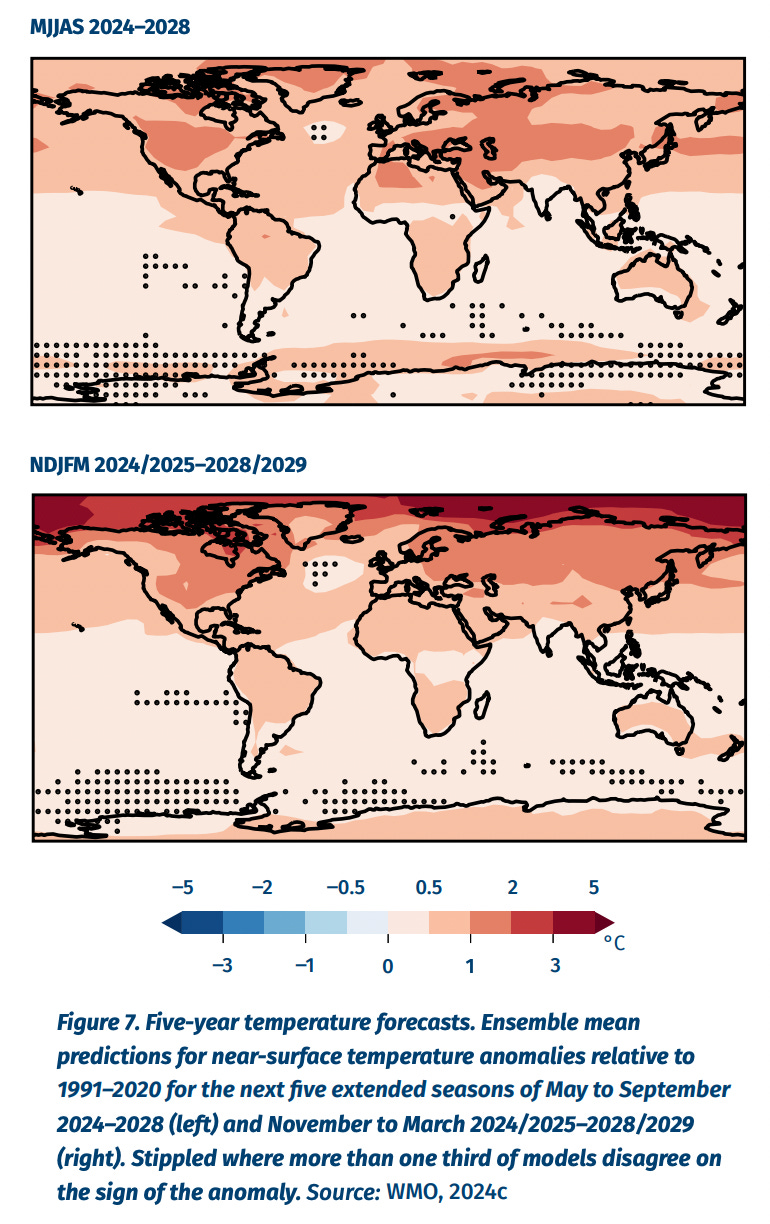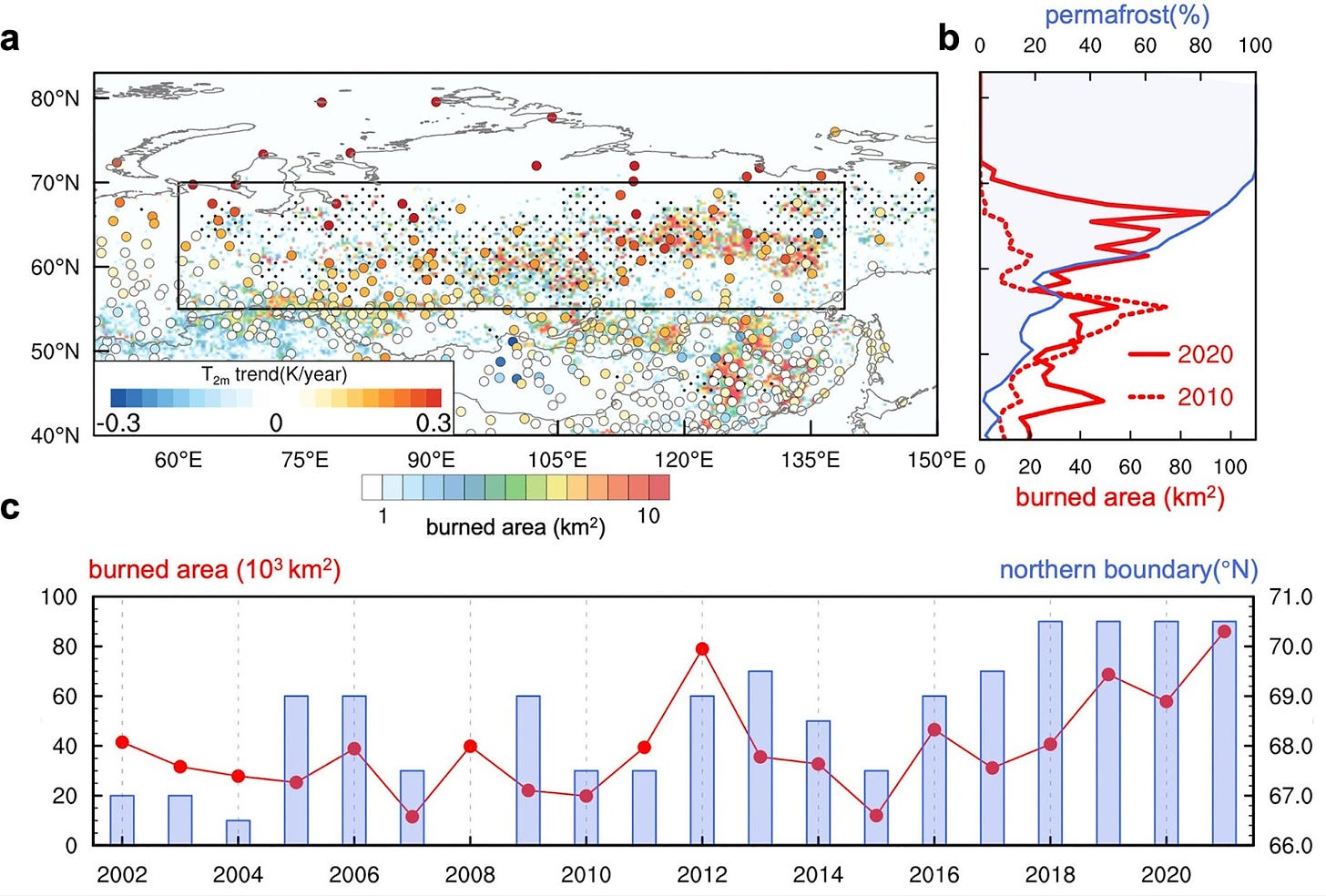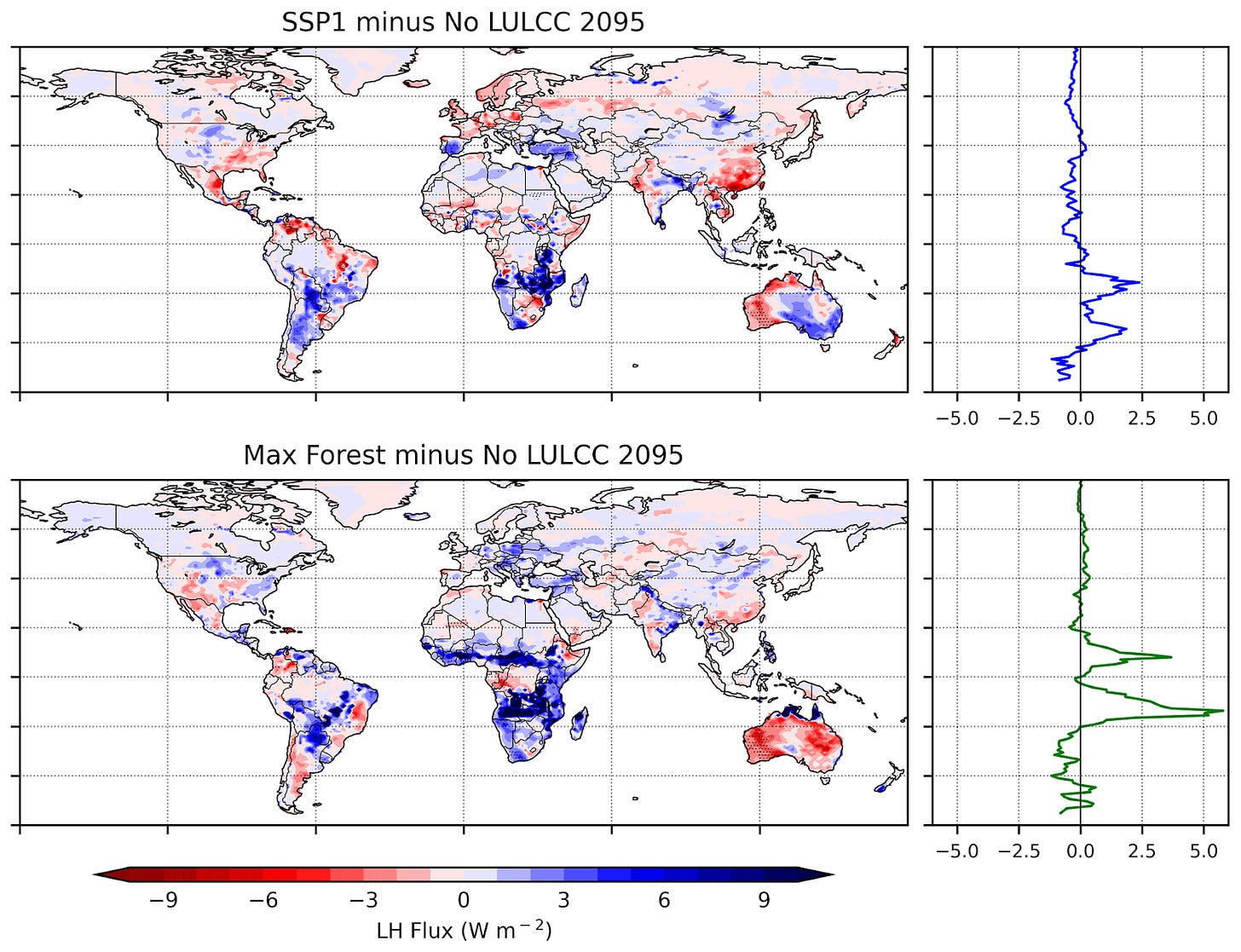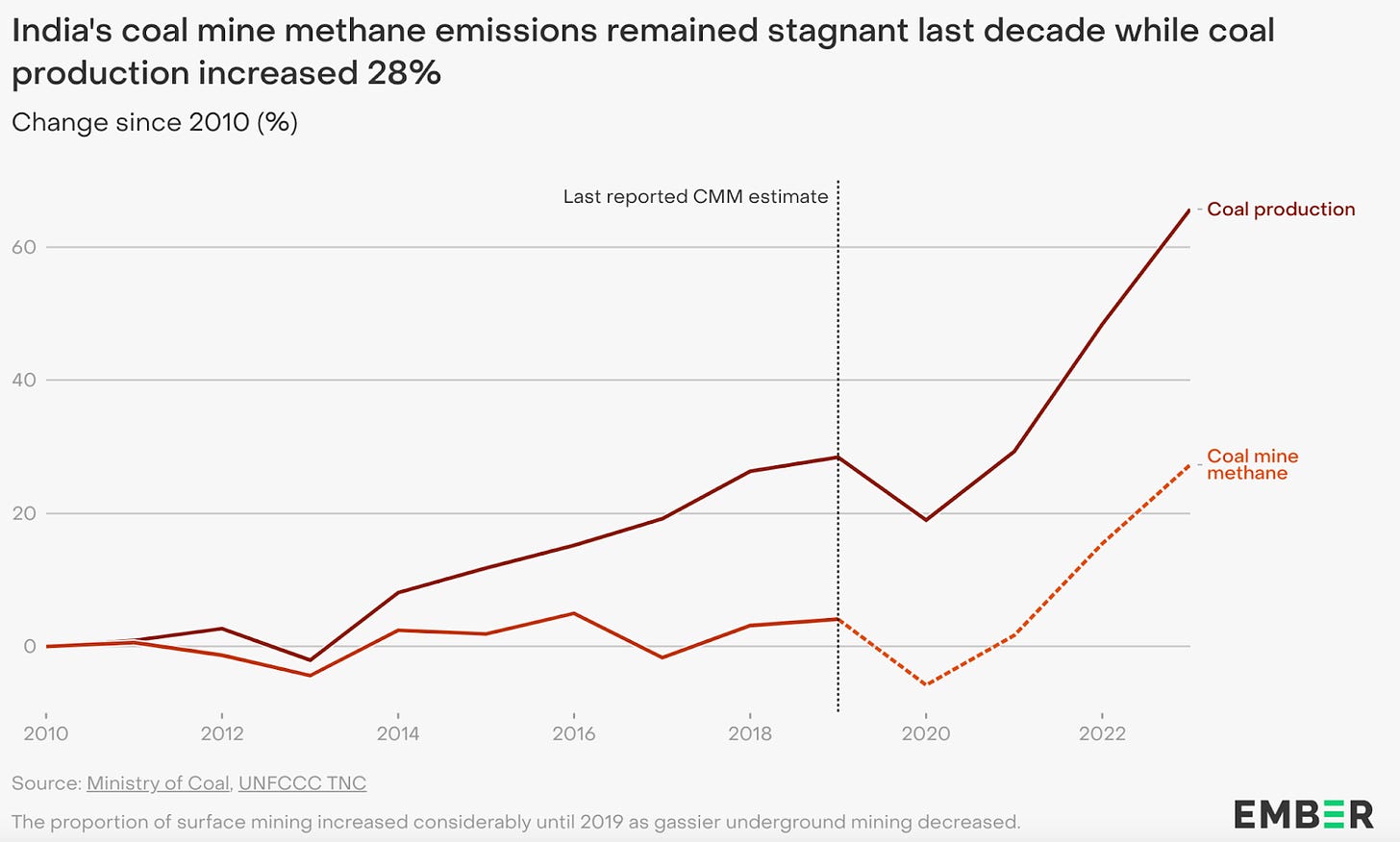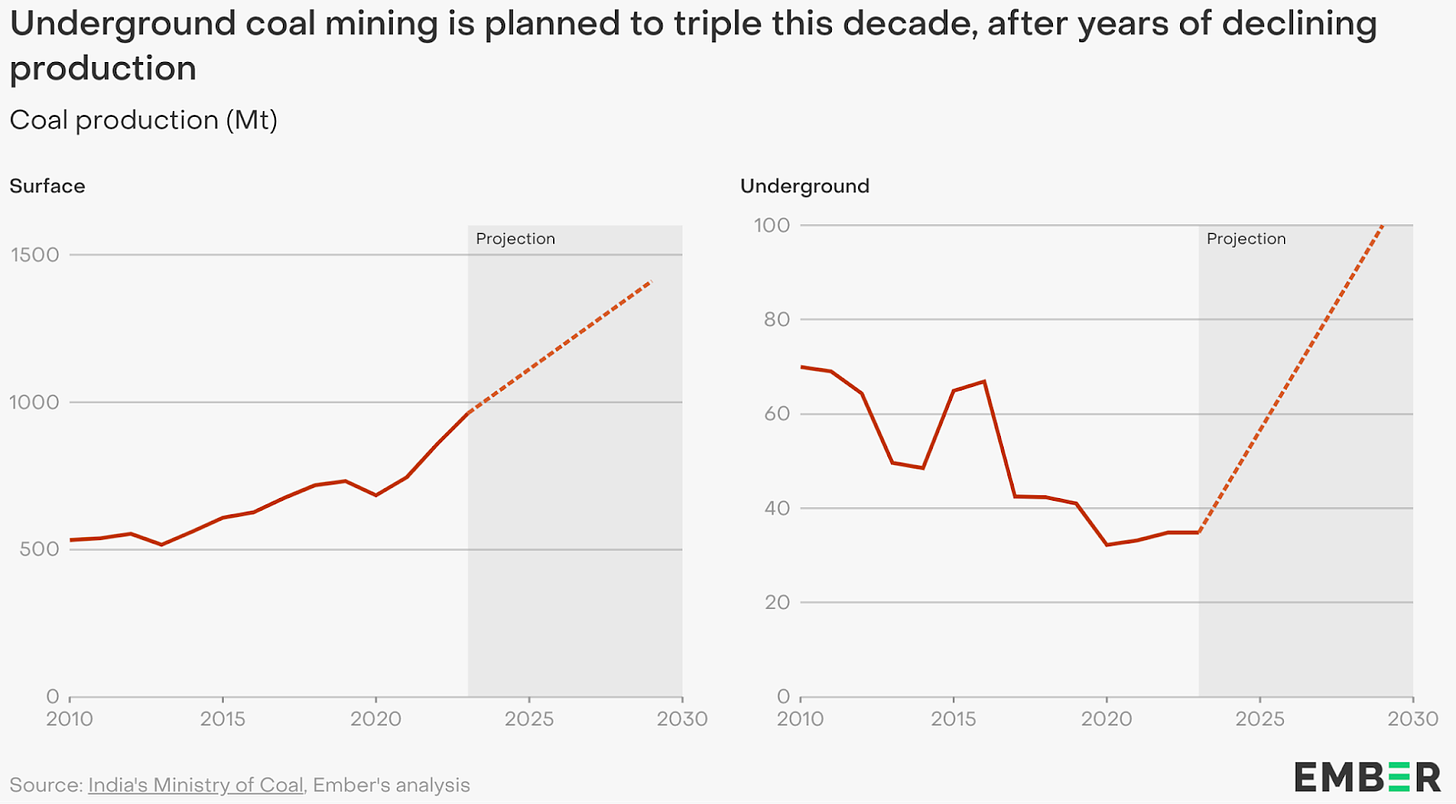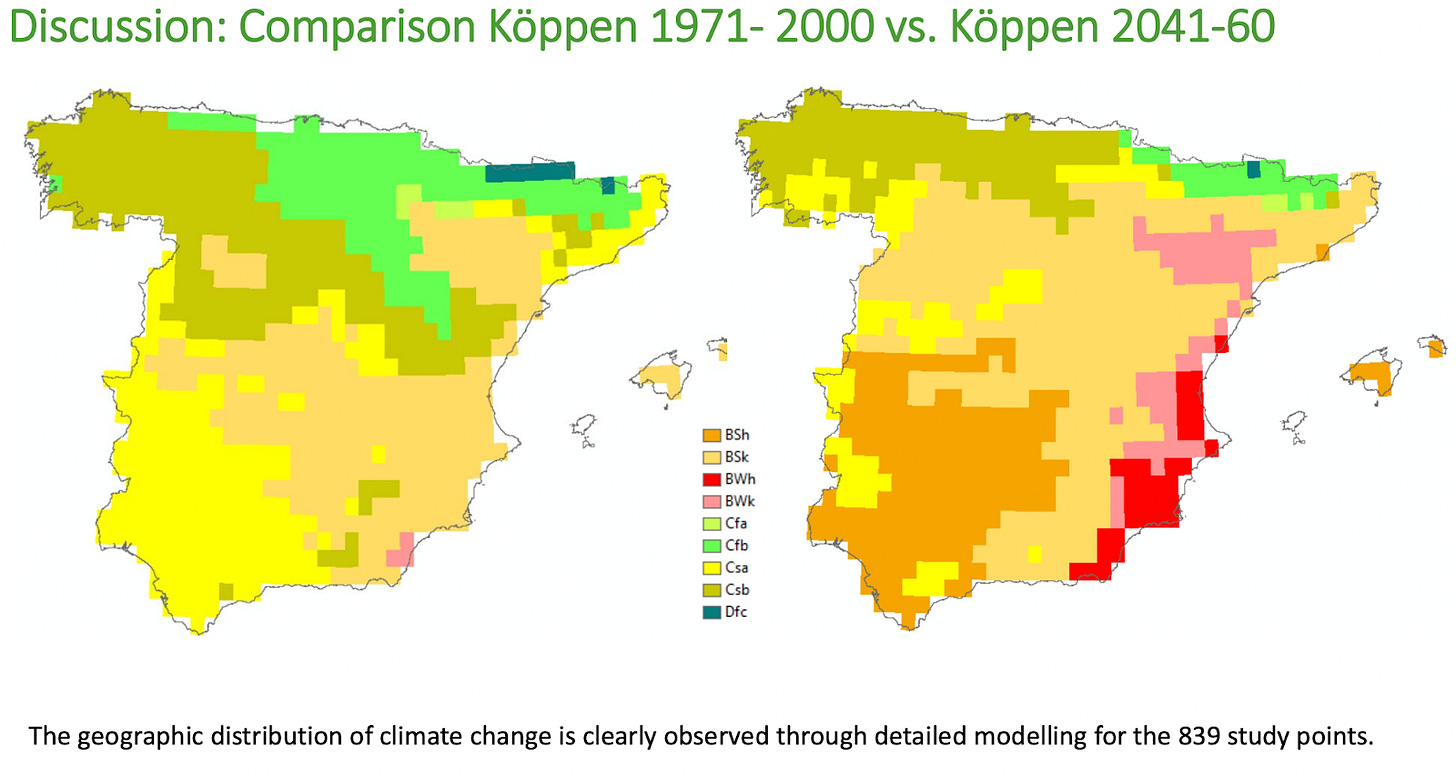Last Week in Collapse: September 15-21, 2024
As wildfires grow, glaciers fall apart, and coal mines expand, violence escalates between Israel and Hezbollah.
Last Week in Collapse: September 15-21, 2024
This is Last Week in Collapse, a weekly newsletter compiling some of the most important, timely, useful, soul-shattering, ironic, stunning, exhausting, or otherwise must-see/can’t-look-away moments in Collapse.
This is the 143rd newsletter. You can find the September 8-14 edition here if you missed it last week. Thank you for subscribing to the Substack.
——————————
Droughts are getting longer—according to a new study published last week in Nature. By the end of this century, land Droughts are expected to be about 10 days longer. The river basins of the Amazon River (the largest river by water discharged) are at an all-time low because of the “most intense and widespread” Drought ever recorded in Brazil.
Summer 2024 was the hottest on record, and scientists are analyzing the jet stream’s effect on this, and future, heat waves. They say that the rapidly warming Arctic has reduced temperature imbalances between Arctic & tropical regions, which slows jet streams and allows heat to build up. This heat can be released at any time of the year, and often results in heat waves which set new temperature records. This time of year also sees the minimum Arctic ice of the year; no surprise then that Russia’s Arctic Circle temperatures experience minimums 17 °C warmer than usual…
The World Meteorological Organization (WMO) released a 48-page report, “United in Science,” which claims “we are far off track from achieving global climate goals.” The report also claims that AI and machine-learning will revolutionize weather forecasting, alongside other technological transformations (like digital twins). However, others say that AI is making climate change more extreme, and that data center emissions may be 662% higher than previously estimated...
“Global greenhouse gas (GHG) emissions rose by 1.2% from 2021 to 2022, reaching 57.4 billion tons of carbon dioxide (CO2) equivalent. Globally averaged surface concentrations of CO2, methane (CH4) and nitrous oxide (N2O) also reached new highs. The year 2023 was the warmest on record by a large margin, with ocean heat content also reaching record highs, while Arctic and Antarctic sea-ice extent reached record lows….there is an 86% chance of at least one year in the next five years exceeding 2023 as the warmest year on record and an 80% chance that the global mean near-surface temperature will temporarily exceed 1.5 °C above pre-industrial levels at least one of the next five years….AI and machine learning (ML) have emerged as potentially transformative technologies that are revolutionizing weather forecasting and could equip society with better tools to drive progress towards climate change adaptation….globally, the 10% of the population with the highest income accounted for nearly half (48%) of emissions….Around 90% of the excess energy that accumulates in the Earth system due to increasing concentrations of GHGs in the atmosphere is taken up by the ocean. This added energy warms the ocean, and the consequent thermal expansion of the water leads to sea-level rise.” -excerpts from the report
Wildfires continue in Portugal. Brazil’s capital has also been hit by wildfires as they expand across the country, some of which are said to have been started by arsonists opposed to the current President. “It’s war – they want to bring these governments down,” said one scientist.
A study from last month suggests that Arctic wildfires will more than double by the end of this century, and factors contributing to increased Siberian wildfires are principally Drought, drying soil, and overall Arctic warming.
Flooding in Czechia, Poland, and Romania killed several and inundated several regions. The Danube River hit 10+ year high water levels. At least one person died from flooding in northern Japan. A study published in Biogeosciences concluded that reforestation efforts would contribute to water security and environmental cooling.
A 31-page report claims that India is planning to double its coal production this decade. Underground mining is expected to triple, and these operations are expected to result in large-scale methane emissions. “India is currently the world’s second-largest producer, importer and consumer of coal.”
North Carolina suffered 18 inches of rain, a 1-in-1000-year flooding event. Is this a one-in-a-thousand-year flood, or a year with a thousand floods? Flooding around Lake Chad, where Nigeria, Niger, Chad, and Cameroon meet, has displaced 50,000+. The historic flooding in northeast Nigeria also Collapsed part of a prison, from which 200+ inmates escaped. An updated count of the number killed by Typhoon Yagi in Myanmar hit 226, with around 80 still missing. These floods are the new normal, and they are going to get worse.
A study from a few weeks ago claims that Spain’s rainfall will drop 20% by 2050, and regions like Barcelona and Majorca will transform into desert environments. Rain has already been decreasing almost 1cm per year for the past 50 years.
A vicious heat wave struck southern Africa. Hundreds of thousands of Shanghai (metro pop: 30M) residents fled after the worst typhoon to hit the city in 75 years made landfall. Canberra (metro pop: 480,000), Australia felt its coldest September day ever, -6.9 °C (19 °F). Since July, Peru’s wildfires have killed 15 and burned 30 sq km of land (equivalent to the size of Bora Bora).
“We are very sure that Thwaites is going to continue to retreat, and ultimately the retreat is going to accelerate,” according to a team of scientists studying the Thwaites Glacier. A six-year study of the “doomsday glacier” in the Antarctic concluded that “by the end of the 23rd century, Thwaites glacier and much of the West Antarctic ice sheet might be lost.” Meanwhile, Sweden’s Syl glacier Collapsed.
——————————
Cases of West Nile Virus have broken recent European records this year, with 715 recorded cases in 2024. Every county in New Jersey has recorded cases as well, with 3 dead so far. Scientists warn that cases will become more common as climate change intensifies. A coal mine methane gas leak in Iran resulted in an underground explosion which killed 51+ people.
Flint, Michigan continues to have water issues more than a decade after their crisis went viral. Millions of Sudanese children are at high risk for cholera and other illnesses. A healthcare worker who was in contact with a Missouri resident who tested positive for bird flu has developed symptoms—scientists doubt that avian flu has developed the ability to be transmitted human-to-human.
The lack of understanding of Long COVID is leaving many children and adults without proper care for the sometimes debilitating illness. The cognitive impact of COVID includes Long COVID’s brain fog, but also effects of stress, depression, aging, and trauma. Because some hospital services are not profitable, some hospitals are cutting certain health programs, like maternity care, resulting in “care deserts” in which there are no functioning medical services for particular treatments.
Keep reading with a 7-day free trial
Subscribe to Last Week in Collapse to keep reading this post and get 7 days of free access to the full post archives.




